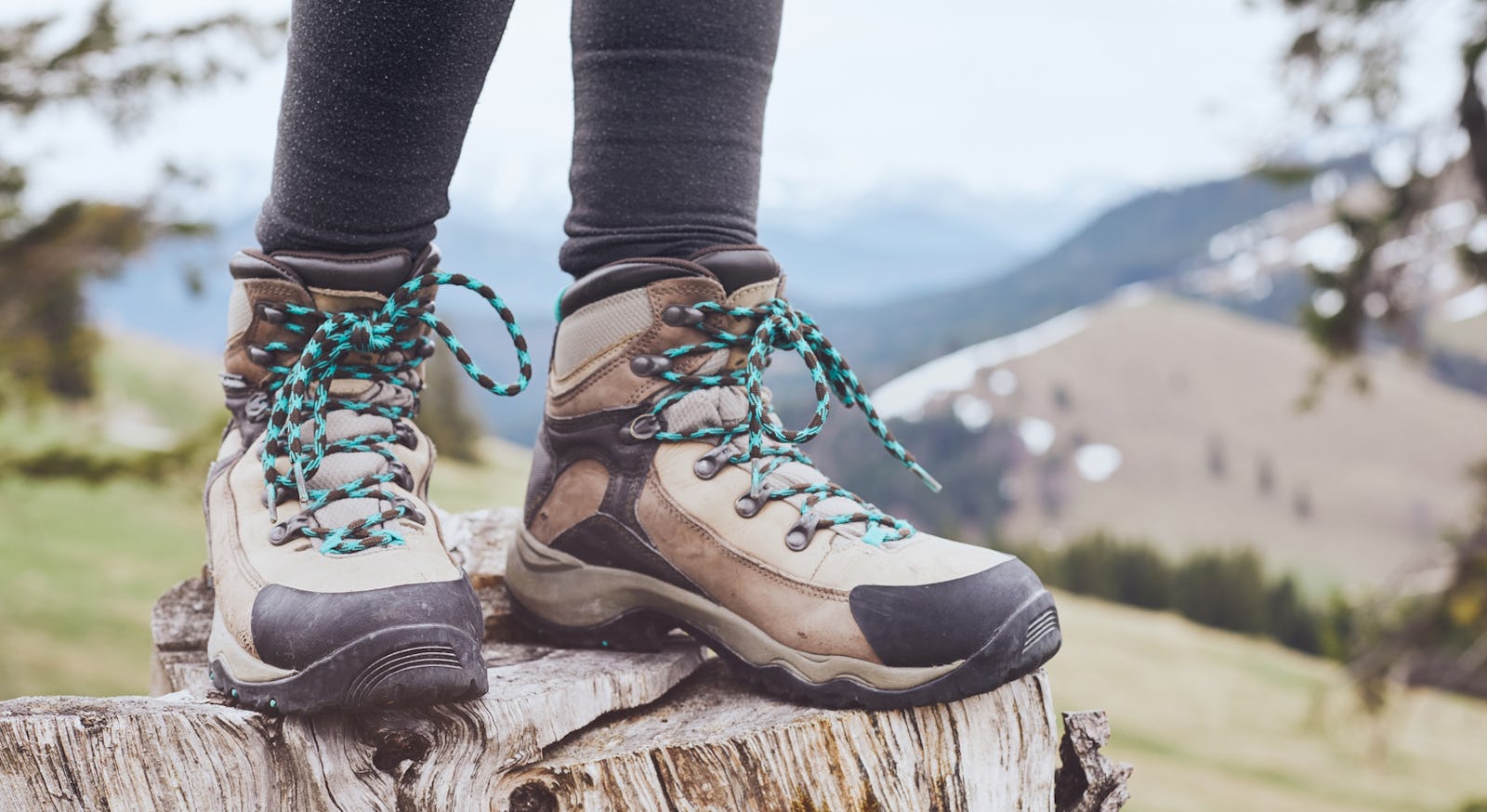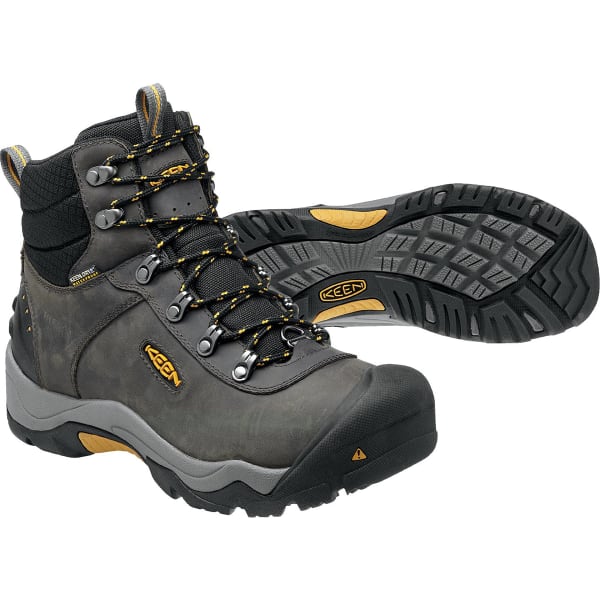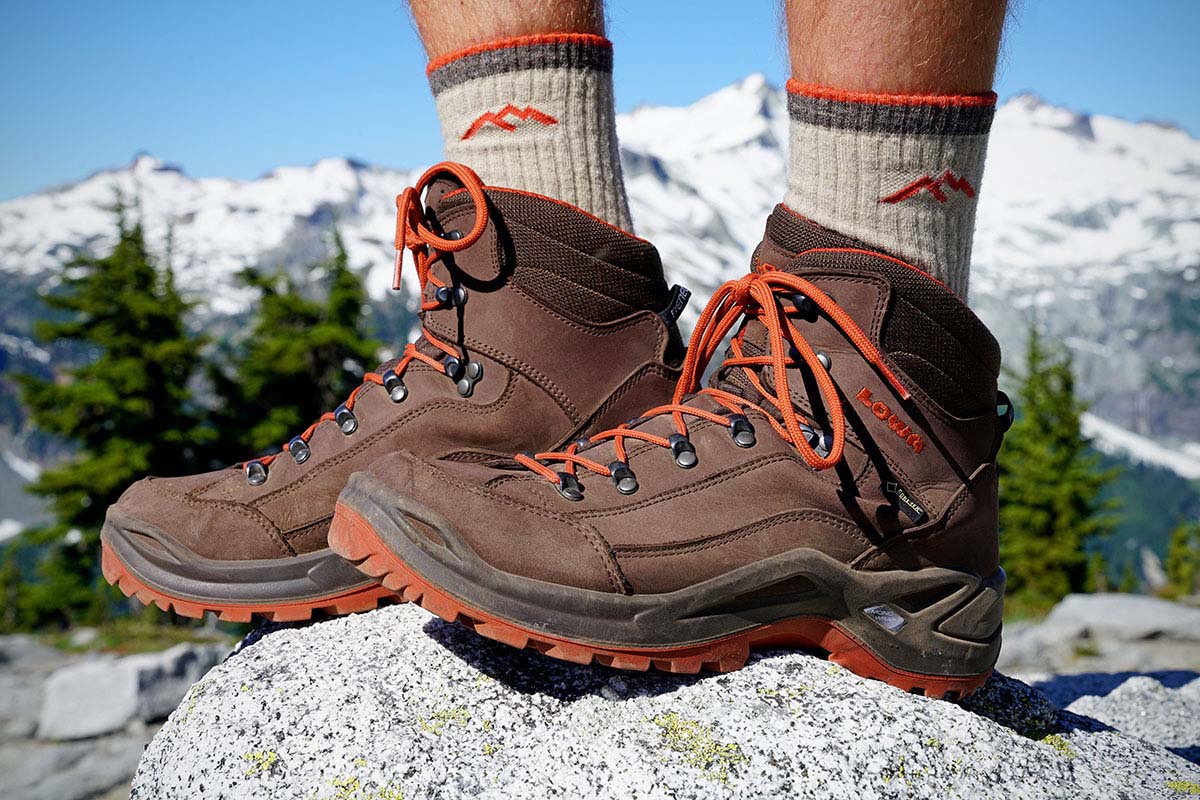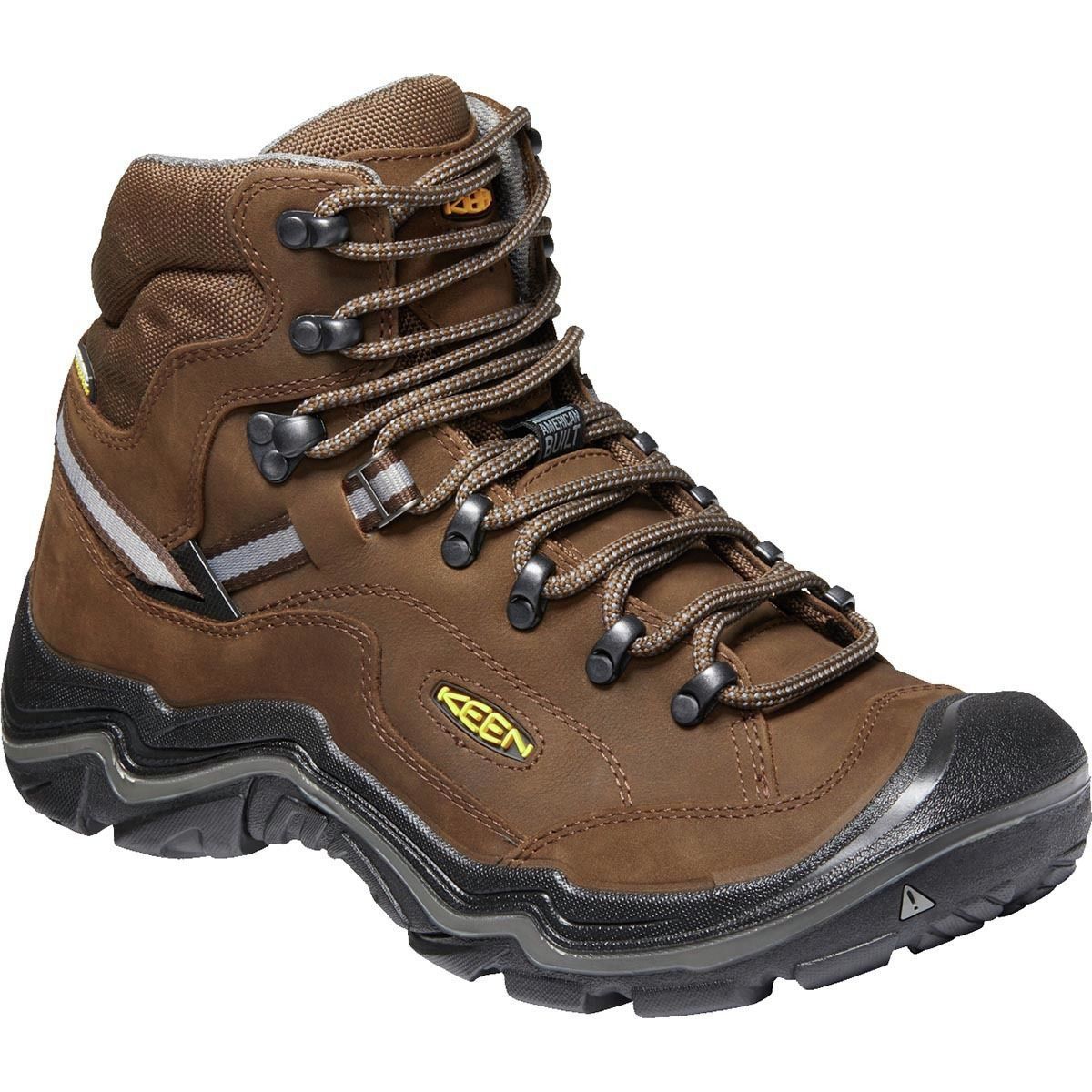Why Comfort Matters on the Trail
When it comes to hiking, comfort is crucial. A good pair of hiking boots can make all the difference between an enjoyable day on the trail and a miserable one. Blisters, fatigue, and discomfort can quickly turn a fun hike into a painful slog. In fact, research suggests that blisters are one of the most common injuries hikers experience, with up to 50% of hikers reporting blister issues during long hikes. Moreover, discomfort can lead to decreased morale, reduced endurance, and even increased risk of injury. On the other hand, wearing the most comfortable waterproof hiking boots can boost confidence, enhance performance, and make the entire hiking experience more enjoyable. By prioritizing comfort, hikers can focus on the scenery, wildlife, and camaraderie, rather than being distracted by pain and discomfort. Whether you’re a seasoned backpacker or a casual day hiker, investing in a pair of comfortable, waterproof hiking boots is essential for a successful and enjoyable hike.
What Makes a Boot Waterproof and Breathable?
Waterproof and breathable hiking boots are made possible by innovative membrane systems that prevent water from entering the boot while allowing moisture to escape. Gore-Tex, eVent, and similar technologies are designed to provide a waterproof and breathable barrier between the foot and the outside environment. These membranes are typically made up of a thin layer of expanded polytetrafluoroethylene (ePTFE) that is sandwiched between two layers of fabric. The ePTFE layer has tiny pores that allow moisture vapor to pass through, while preventing larger water droplets from entering. This means that hikers can stay dry and comfortable, even in wet conditions. Additionally, many waterproof hiking boots feature a breathable mesh lining that helps to regulate temperature and prevent blisters. When shopping for the most comfortable waterproof hiking boots, look for boots with a reputable membrane system and a breathable design to ensure a dry and comfortable hiking experience.
How to Choose the Right Boot for Your Hiking Style
With so many options available, selecting the perfect waterproof hiking boot can be overwhelming. However, by considering your hiking style, terrain, and weather conditions, you can narrow down your options and find the most comfortable waterproof hiking boots for your needs. Day hikers, for example, may prioritize lightweight and breathable boots with good traction, while backpackers may require more support and durability. Mountaineers, on the other hand, need boots that can handle extreme weather conditions and rugged terrain. When choosing a boot, consider the following factors: hiking style, terrain type, weather conditions, and personal preferences. For instance, if you’ll be hiking in wet conditions, look for boots with a waterproof membrane and a gusseted tongue to prevent water from entering the boot. If you’ll be carrying a heavy pack, look for boots with additional support and cushioning. By taking the time to consider your specific needs, you can find the most comfortable waterproof hiking boots that will keep your feet happy and healthy on the trail.
Top Picks: The Most Comfortable Waterproof Hiking Boots
When it comes to finding the most comfortable waterproof hiking boots, there are several top-rated options to consider. Here are a few of the best boots on the market, highlighting their features, pros, and cons. The Merrell Moab 2 Mid Waterproof hiking boot is a popular choice among hikers, offering excellent ankle support and breathability. The Keen Targhee II Mid WP boot is another great option, featuring a roomy toe box and a comfortable fit. For those who need a more rugged boot, the Salomon Quest 4D 3 GTX boot is a great choice, with its aggressive tread pattern and waterproof Gore-Tex membrane. Other top picks include the La Sportiva Raptor GTX boot, known for its excellent traction and ankle support, and the Vasque Breeze III GTX boot, which offers a comfortable fit and excellent waterproofing. When selecting the most comfortable waterproof hiking boots, consider your specific needs and preferences, and don’t be afraid to try on several options before making a decision.
The Importance of Fit and Sizing
When it comes to finding the most comfortable waterproof hiking boots, fit and sizing are crucial. A boot that fits poorly can lead to blisters, discomfort, and even injury. To ensure a proper fit, try on boots in the afternoon, as feet tend to swell throughout the day. Wear the same type of socks you plan to wear on the trail, and consider the thickness of your hiking socks when trying on boots. Check the length and width of the boot, making sure there is enough room in the toe box to wiggle your toes. A good fit should feel snug but not too tight, with enough room for your foot to breathe. Additionally, consider the break-in period for your boots, as some may require more time to mold to your foot. Breaking in your boots before hitting the trail can make all the difference in comfort and performance. By taking the time to find the perfect fit, you can ensure a comfortable and enjoyable hiking experience in your most comfortable waterproof hiking boots.
Additional Features to Consider: Ankle Support, Traction, and Insulation
When searching for the most comfortable waterproof hiking boots, it’s essential to consider additional features that can impact overall comfort and performance. Ankle support is crucial, as it provides stability and protection on uneven terrain. Look for boots with high-cut ankle collars and sturdy materials that can withstand rough conditions. Traction is also vital, as it affects the boot’s grip on various surfaces. Boots with aggressive tread patterns and lug soles can provide better traction on slippery or rocky terrain. Insulation is another key feature, especially for hikers who venture into cold or wet conditions. Boots with insulation, such as Thinsulate or PrimaLoft, can keep feet warm and dry in extreme weather. By considering these additional features, hikers can find the most comfortable waterproof hiking boots that meet their specific needs and preferences. Whether you’re embarking on a day hike or a multi-day backpacking trip, the right boot can make all the difference in your hiking experience.
Breaking In and Maintaining Your Boots
Once you’ve found the most comfortable waterproof hiking boots for your hiking needs, it’s essential to break them in properly to ensure a comfortable and enjoyable hiking experience. Breaking in new boots can take time, so start by wearing them around the house or on short walks. This will help mold the boot to your foot and reduce the risk of blisters. Conditioning and stretching your boots can also help extend their lifespan. Apply a waterproofing treatment to the boot’s membrane and leather components to maintain their water-repelling properties. Regularly cleaning and drying your boots after each use can also prevent damage and extend their lifespan. Additionally, consider storing your boots in a cool, dry place to prevent moisture buildup and damage. By following these tips, you can ensure your most comfortable waterproof hiking boots remain in top condition for many hiking adventures to come.
Conclusion: Find Your Dream Boot and Hit the Trail
In conclusion, finding the most comfortable waterproof hiking boots is crucial for a successful and enjoyable hiking experience. By considering factors such as comfort, waterproofing, and additional features like ankle support, traction, and insulation, hikers can make informed decisions when selecting the perfect boot for their needs. Remember to break in new boots properly, maintain them regularly, and choose a boot that fits comfortably to ensure a blister-free and fatigue-free hike. With the right boot, hikers can tackle any trail with confidence, enjoying the beauty of nature and the thrill of adventure. So, get out there and find your dream boot – the great outdoors awaits!


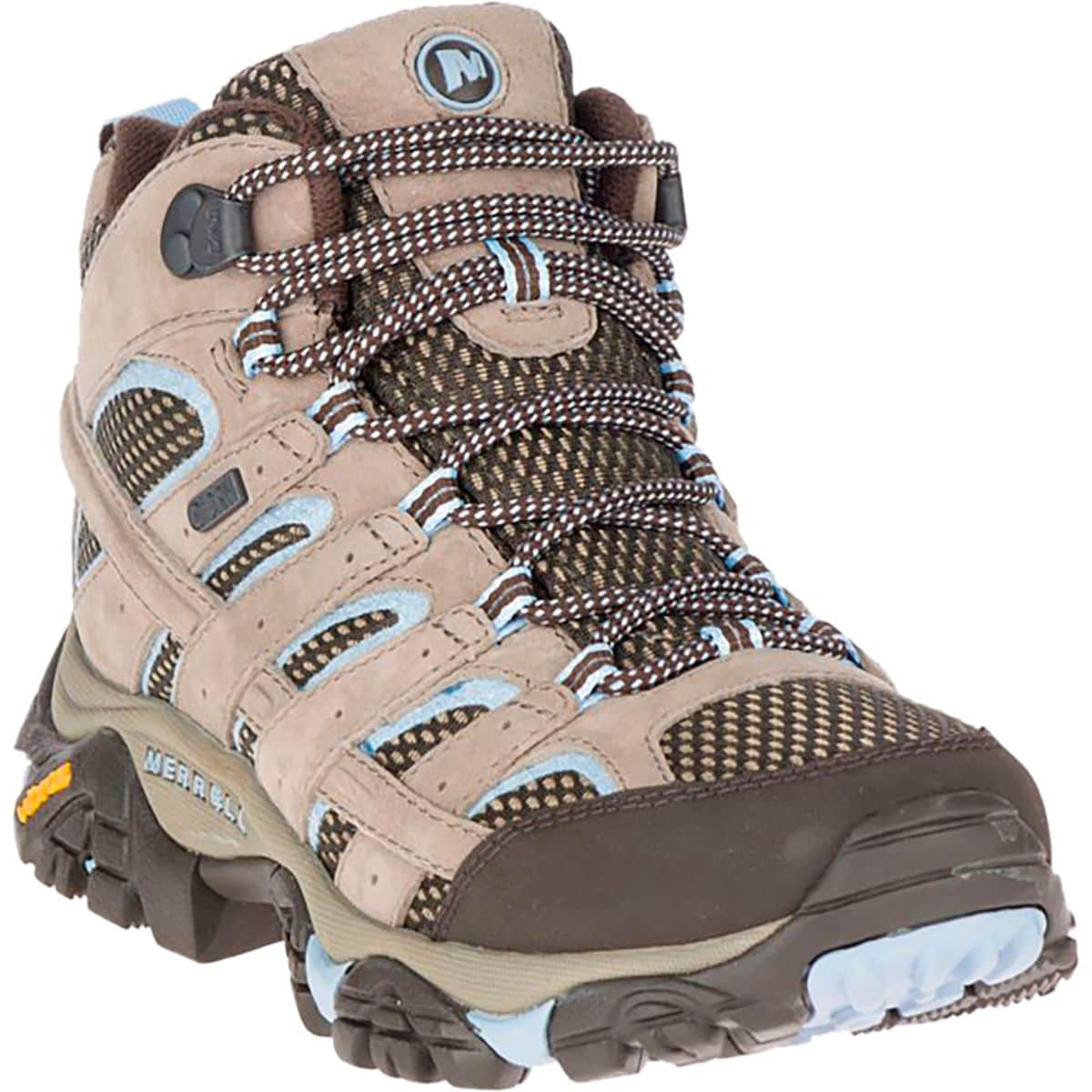
:max_bytes(150000):strip_icc()/columbia-hiking-boots-amazon-c9ee4e92876f4d0e80ece225bc0c2954.jpg)
.jpg)
